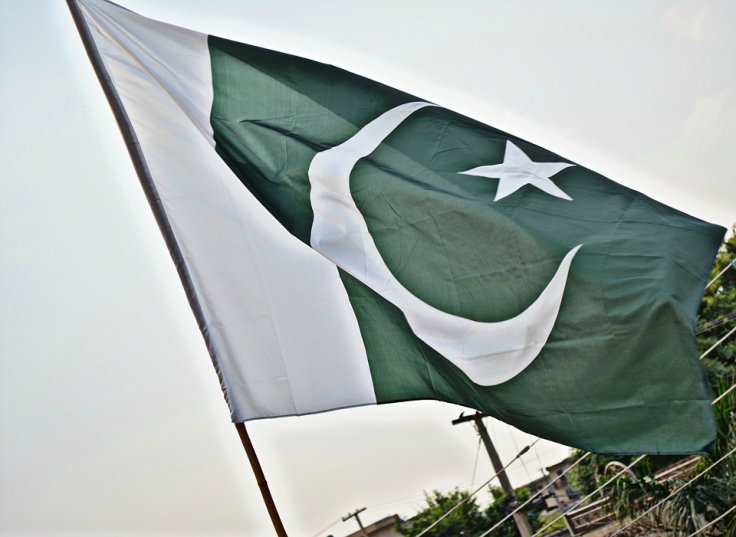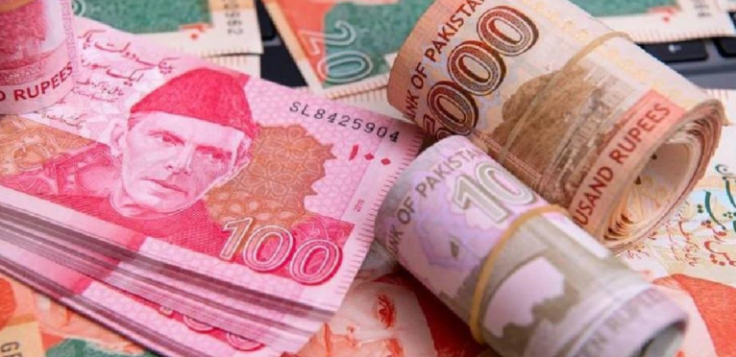The danger of Pakistan defaulting on debt repayment is very high, according to a US think tank. According to the United States Institute of Peace (USIP), Pakistan is sitting under a hefty external debt burden.
And the cash-strapped country is facing a huge repayment pressure in the next few years and it is unlikely that it will be able to honor the interest commitments. Between April 2023 and June 2026, Pakistan should pay around $77.5 billion in external debt. This is a near impossible task, considering that the worth of Pakistan's economy is only about $350 billion.

The size of Pakistan's external debt as of the end of 2022 is a staggering $126.3 billion. In this, $97.5 billion is the debt the government of Pakistan owes to various creditors, while $7.9 billion is owed by government-controlled public sector companies.
"There is a real danger that nuclear-armed Pakistan with a population of nearly 230 million people may be unable to meet its external debt obligations — which will trigger a sovereign default," says the USIP report.
Who are the Creditors?
While Pakistan owes the World Bank $18 billion, it has to repay the Asian Development Bank about $15 billion and the IMF some $7.6 billion. Islamabad also owes smaller sums to the Islamic Development Bank and the Asian Infrastructure Investment Bank. Chinese financial institutions, private creditors and nations like Saudi Arabia are also big creditors.
Another big creditor is the Paris Club, which is a group of 22 major-creditor countries, to which Pakistan owes $8.5 billion. Pakistan's debt to China is a whopping $27 billion, according to USIP. In this, some $10 billion is bilateral debt, while $6.2 billion was provided by the Chinese government to Pakistani public sector enterprises.
Repayment Pressure
In the next three months, Pakistan needs to pay at least $4.5 billion to service its external debt. This includes $1 billion payment to Chinese SAFE deposit, which is due in June and about $1.4 billion in Chinese commercial loan that would be maturing soon. Pakistan hopes it would be able to convince China to refinance these debts.

However, in the next fiscal year, the repayment commitments will increase to $25 billion, according to USIP. The incoming repayment schedule includes $15 billion of short-term loans and $7 billion in long-term debt,it says. "The short-term debt repayments include $4 billion Chinese SAFE deposits, $3 billion Saudi deposits and $2 billion UAE deposits; the Pakistani government assumes they will be rolled over by the creditors each year. Separately, Pakistan will need to repay another $1.1 billion of long-term commercial loans to Chinese banks," the report says.
Again, in 2024-25, Pakistan needs to pay another $24.6 billion, including $8.2 billion long-term debt repayments and another $14.5 billion short-term debt repayments.
How Can Pakistan Avert Default?
Pakistan needs to revive the stalled IMF program and hope that the international institution offers a generous deal. If this happens, it will be able to sail through, given that it does indeed secure deals from the Middle Eastern allies like Saudi Arabia as well as China.
What if Pakistan Defaults?
A sovereign default by Pakistan will have huge ramifications economically and politically. It will cause disruption on a wider scale, says USPI. "Crucially, Pakistan's imports could be disrupted, which could lead to a shortage of some essential goods and commodities. "In Sri Lanka, the disruption of oil imports stoked public discontent, protests and a change in government. Pakistan, which is already seeing intense political conflict between Sharif's government and opposition leader Khan, may also see the economic crisis creating more political turmoil. And given Pakistan's demographic profile and surging terrorism threats, the resulting crisis could go in unexpected directions," says the report.
Read more








